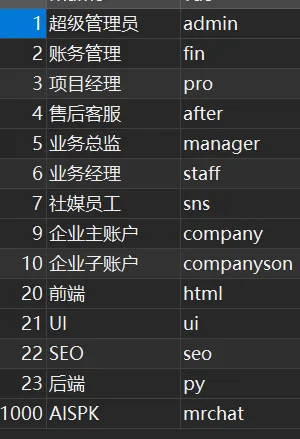



Safety Data Sheet for Lead Oxide Handling and Storage Guidelines
Lead Oxide Safety Data Sheet (SDS) Importance and Key Information
Lead oxide, a key compound in various industrial applications, particularly in the manufacturing of batteries, requires careful handling due to its potential health and environmental hazards. Understanding the Safety Data Sheet (SDS) associated with lead oxide is essential for ensuring safe practices in workplaces that deal with this substance.
What is a Safety Data Sheet (SDS)?
A Safety Data Sheet, often referred to as an SDS, is a document that provides critical information about a chemical substance. It serves as a comprehensive resource for employers and employees, detailing the hazards associated with the chemical, handling and storage instructions, and emergency measures to take in case of an incident. The SDS is essential for ensuring compliance with occupational safety and health regulations, such as OSHA (Occupational Safety and Health Administration) standards in the United States.
Key Sections of Lead Oxide SDS
An SDS typically consists of 16 sections, each containing specific information about the chemical. Here are the key sections relevant to lead oxide
1. Identification This section provides the name of the substance, its synonyms, and contact information for the supplier. It also outlines the intended uses of lead oxide, primarily in battery production.
2. Hazard Identification Lead oxide is classified as a toxic substance. This section describes the potential health effects of exposure, including neurological damage, reproductive toxicity, and effects on the digestive system. It also identifies environmental hazards such as soil and water contamination.
3. Composition/Information on Ingredients This part lists the chemical composition of lead oxide, emphasizing that it is composed mainly of lead (Pb) and oxygen (O) atoms. Any impurities or additives present in commercial grades of lead oxide may also be mentioned.
4. First-Aid Measures In the event of exposure, this section outlines appropriate first-aid procedures. For instance, if inhaled, the individual should be moved to fresh air, and if skin contact occurs, the affected area should be washed thoroughly with soap and water.
lead oxide sds

5. Fire-Fighting Measures Lead oxide itself is not flammable; however, it can contribute to the combustion of other materials. This section provides guidelines for the appropriate extinguishing agents and procedures in case of a fire.
6. Accidental Release Measures In the event of a spill, this section provides procedures for containment and cleanup. Personal protective equipment (PPE) is necessary during cleanup to prevent exposure.
7. Handling and Storage Safe handling practices are crucial when working with lead oxide. This includes recommendations for using appropriate PPE, such as gloves and respirators, and storing the substance in well-ventilated areas away from incompatible materials.
8. Exposure Controls/Personal Protection This section details the permissible exposure limits and the required engineering controls, such as local exhaust ventilation, to minimize exposure risks. It also stresses the importance of using protective gear.
9. Toxicological Information This section focuses on the toxic effects of lead oxide on human health, including acute and chronic exposure effects such as lead poisoning.
10. Ecological Information Highlighting the environmental impact of lead oxide, this section discusses its potential for bioaccumulation and toxicity to aquatic and terrestrial life.
Importance of Compliance
Compliance with the information provided in an SDS is critical for workplace safety. Employers must ensure that their employees are aware of the hazards associated with lead oxide, proper handling techniques, and emergency procedures. Training sessions can help reinforce the importance of following SDS guidelines.
Conclusion
In conclusion, the Safety Data Sheet for lead oxide serves as an essential guide for safely handling this potentially hazardous material. By understanding the information contained within the SDS, industries can take proactive steps to protect their employees, the environment, and public health. Regular training and adherence to safety protocols will not only ensure compliance with regulations but also foster a culture of safety in the workplace. Recognizing the importance of lead oxide SDS is a vital part of responsible chemical management in any industry.
-
Essential Guide to a Chemical Used to Disinfect Water | Global Water SafetyNewsNov.21,2025
-
Understanding 2 Chemicals Used to Disinfect Water: Chlorine and Chloramine ExplainedNewsNov.20,2025
-
The Essential Guide to a Chemical to Disinfect Water: Safety, Applications, and Future TrendsNewsNov.20,2025
-
Chemicals Used to Disinfect Water – Key Solutions for Safe and Sustainable Water TreatmentNewsNov.20,2025
-
Best Chemicals Used to Disinfect Water – Comprehensive Guide & SolutionsNewsNov.19,2025
-
Comprehensive Guide to Chemical Disinfection of Water | Safe & Sustainable SolutionsNewsNov.18,2025
-
Bleach for Sanitizing Water – A Comprehensive Guide to Safe Water Treatment SolutionsNewsNov.18,2025










